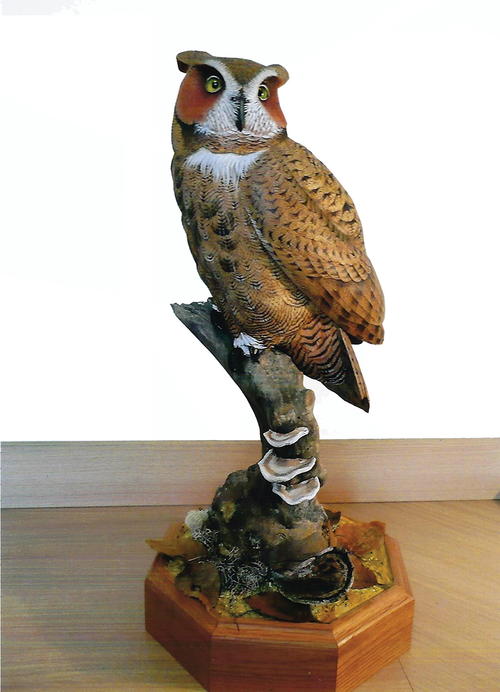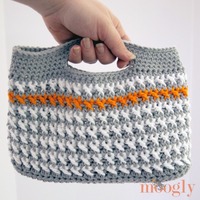Letters
VISION THING
I have a question for Tom Horn about a reference he made in the article about him (“Tropical Visions,” Winter 2020). He mentions the value in his Zeiss magnifying head piece. I would like to know what model and magnification power he has found the best to use.
Keith McKale
Ellicottville, New York
Tom Horn replies: I have the EyeMag Pro S with the head band. I believe mine are 6X and that current models only go to 5X. They offer different magnification with variable working distance. I called Zeiss and got a demo model, which at the time was greatly discounted. They also shipped it to me to try before I bought it to make sure it fit my needs. They would at the time exchange during a trial period until you found what you needed. Not sure if they still offer that service, but I would call and ask.
PAINTING
I’ve been subscribing to WCM since the early 1990s and still do via my friend Pam Wilson in the United Kingdom. Looking at your index on the web, I had an idea that might be useful to you. Like many beginners, I found the most difficult process to master was painting the carving. Some old articles, such as those by Victor Paroyan, Del Herbert, and Glenn Ladenberger (to name a few), were very useful for learning the techniques and I made a file of photocopies that I still use today. As many of these issues have been sold out and are unavailable to new carvers, I thought you might consider producing a “Classical Painting Articles” series or even collecting them as a booklet. In any circumstance, congratulations on an excellent magazine and keep up the good work.
Gerry Sanger
Benllech, Wales
Tom Huntington replies: Anyone else out there think something like this would be useful?
COMPETITION SUGGESTIONS
At the back of Competition 2019 you do not show the results for all of the competitions shown in the magazine. I understand that this would be a lot more pages and content but I think it means a lot to carvers to see their names printed in the book when they win ribbons in these shows.
The Ward competition is the biggest show around and to win a best of division in any class is a big deal for the carvers who compete. I have noticed that this year you did not show the pictures of any birds that took best of class ribbons in the novice and intermediate levels. Most of the pictures are of the masters and world champions, but competitors at the lower levels, even though not as skilled, put just as much time and effort into their pieces and they deserve pictures in the magazine. It would be fair to run the best of show winners of every category instead of the third-place winners at the higher levels.
Thanks for posting the pictures of the youth winners. That is terrific, well deserved, and exactly what I am talking about.
Chris Potter
Midhurst Ontario
A TIP
I am a bird carver and have been getting your magazine since it started. I also do other crafts and found that a tool used in diamond craft pictures makes it very easy to pick up and place the eyes in bird carvings. You can make your own tool from a worn-out pen cartridge by cutting off about two inches from the upper end and rubbing the end in beeswax. The tube can also help you pick up small, light parts. You can also use scrapes of tubing in different sizes to fit the size of the eyes you are using.
Elaine Porter
Somerville, Maine
OWL CARVING
I am a retired police officer who started bird carving some 20 years ago after retiring. I started getting Wildfowl Carving Magazine and Competition around the same time and have every issue to date. I purchased Keith Mueller’s Half-size Great Horned Owl through the British Decoy and Wildfowl Carvers Association and after reading it cover to cover decided to give it a go. I decided to go whole hog and do a life-size bird. Our problem on this side of the water is that it’s almost impossible to get tupelo, so I used three pieces of jelutong, two of which I glued up for the body and I used the third piece for the wings. I did use Keith’s method with the wings. He was spot on when he said this was probably the most difficult part of the exercise. Doing my wings considerably larger, I followed Keith’s instructions regarding cutting, shaping, and fitting. I tried to follow his painting instructions but found it very difficult as I paint only with acrylics and have no access to an airbrush (something I think I will have to rectify). I cut the feet and talons from olive wood, which carves well. The branch is jelutong and the leaves around the base are brown paper, painted in autumn colors to complement the bird. Congratulations to Keith on the book—it’s a brilliant piece of work.
Tom Fitzpatrick
Sandbach, England
Read NextMiniature Blue Heron




